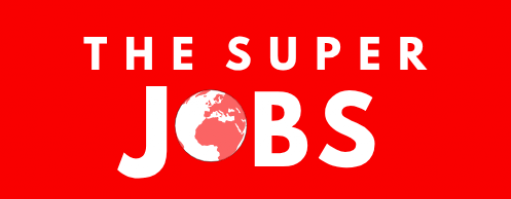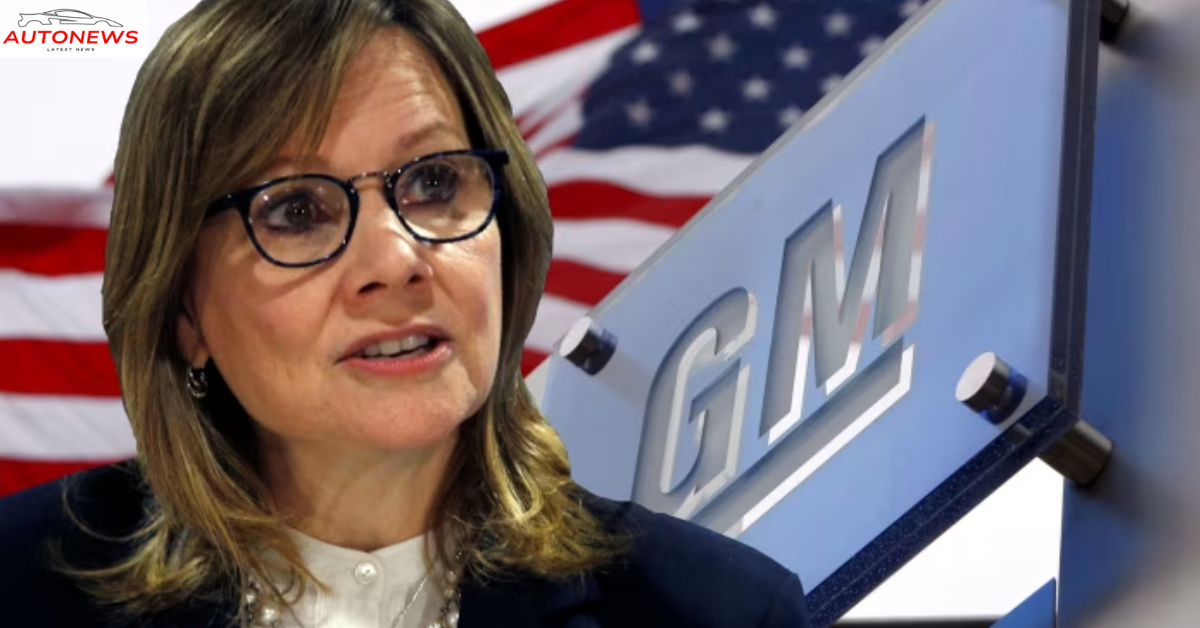In recent weeks, the automotive industry has been forcibly reminded of the power of leadership during turbulent times. Ford Motor Company reported a net loss of $29 million in the last quarter—a sharp decline from a $1.8 billion profit a year earlier, driven by over $800 million in tariffs on imported parts and raw materials. Meanwhile, under Mary Barra’s transformational command, General Motors continues to navigate change with strategic clarity and cultural resilience.
1. From Crisis to Credibility: Barra’s Bold Start
When Mary Barra became CEO of GM in 2014, she inherited the fallout from the ignition-switch crisis—a safety scandal linked to several deaths. Barra’s response set the tone for her leadership: she publicly apologized, launched a full investigation led by Anton Valukas, fired or disciplined key individuals, recalled millions of vehicles, and established a compensation fund for victims. Her transparency and accountability helped rebuild stakeholder trust and reshape GM’s culture around safety and integrity.
2. Transformational Vision: Reinventing GM as a Tech Leader
Barra guided GM from being a traditional carmaker to positioning it as a technology-forward mobility company. In early 2021, she announced a bold pledge: phase out internal combustion vehicles by 2035 and reach full carbon neutrality by 2040. That vision is backed by massive investment—tens of billions into EVs and autonomous technologies, development of the Ultium battery platform, and operations like BrightDrop and Cruise. Today, GM is delivering on that vision with more than 30 new EV models expected globally by mid‑2020s.
3. Radical Simplicity & Cultural Renewal
One standout of Barra’s leadership is her commitment to radical simplicity. She famously replaced GM’s 10‑page dress code with just “dress appropriately,” demonstrating trust and cutting bureaucracy down to human judgment and accountability. Barra also dismantled the “no bad news” culture by fostering open communication and psychological safety within GM. Town hall meetings and inclusion initiatives give employees at all levels a voice in charting the company’s future.
4. Inclusive Leadership & Empowered Teams
Barra consistently employs a consensus-based style—listening widely, involving cross-functional teams, but also making hard decisions when consensus stalls. She’s emphasized diversity and inclusion as strategic levers—linking executive performance to DEI goals and launching advisory boards to promote equity across the company. Her belief: inclusion opens up innovation and helps build solutions that mirror real-world customer diversity.
5. Agile Execution: “Ventilator Speed” Thinking
GM’s swift pivot during the COVID‑19 pandemic exemplified Barra’s command of agile execution. Within thirty days, GM shifted to producing ventilators to support global shortages—proof of concept for what she later dubbed “ventilator speed” in all projects. This mindset translates into faster product development cycles, and quicker alignment of resources with shifting market needs.
6. Integrity, Learning, and Resilience
Before her rise to CEO, Barra spent over four decades at GM, growing from a co‑op student on the production line to senior executive and board chair. Her leadership is grounded in humility and continual learning—she remains connected to factory floors, engineers, and digital experts alike. She insists that leaders never stop listening, asking questions, or adapting their perspective.
7. Why It Matters Now: Ford’s Loss as a Contrast
Ford’s latest earnings report underscores the high stakes of global trade and supply chain disruptions. Ford’s $29 million net loss—primarily due to $800 million in tariff costs—is a wake‑up call for leaders across the industry. Unlike Ford’s reactive posture, Barra’s GM has taken proactive steps: investing domestically, diversifying supply chains, and lobbying at policy levels to reduce tariff exposure. Barra’s focus on agility, adaptability, and principle-first leadership gives GM resilience in times of cost shocks and global uncertainty.
8. Leadership Takeaways for Any Organization
| Leadership Principle | What Barra Does | Why It Matters |
|---|---|---|
| Transparency | Own mistakes publicly, take accountability | Builds trust, restores credibility |
| Bold Vision | Set ambitious, measurable goals (e.g. all-EV by 2035) | Unites the organization, guides strategy |
| Cultural Change | Strip bureaucracy, promote openness | Accelerates innovation and alignment |
| Empowering Teams | Flatten hierarchy, foster inclusion | Unlocks collective intelligence and ownership |
| Speed & Agility | Adopt “ventilator-speed” execution | Keeps pace with rapid market shifts |
| Continuous Growth | Listen, learn, adapt across levels | Builds resilient, future-fit leadership |
Conclusion
Mary Barra’s tenure at General Motors offers a masterclass in transformative leadership: she took a legacy automaker steeped in crisis, culture, and complexity—and turned it into a nimble, purpose-driven company poised for the future. In contrast, Ford’s recent loss highlights how external shocks expose brittle supply chains and reactive leadership. As the auto industry hurtles toward electrification, autonomy, and sustainability, Barra’s mix of bold vision, accountability, transparency, and inclusion stands as a guiding beacon.
For leaders navigating change—whether in automotive, tech, healthcare, or education—the truly powerful lesson from Barra’s journey is simple: anchor strategy in values, empower teams with clarity and accountability, and lead with integrity even when the road gets rocky.

